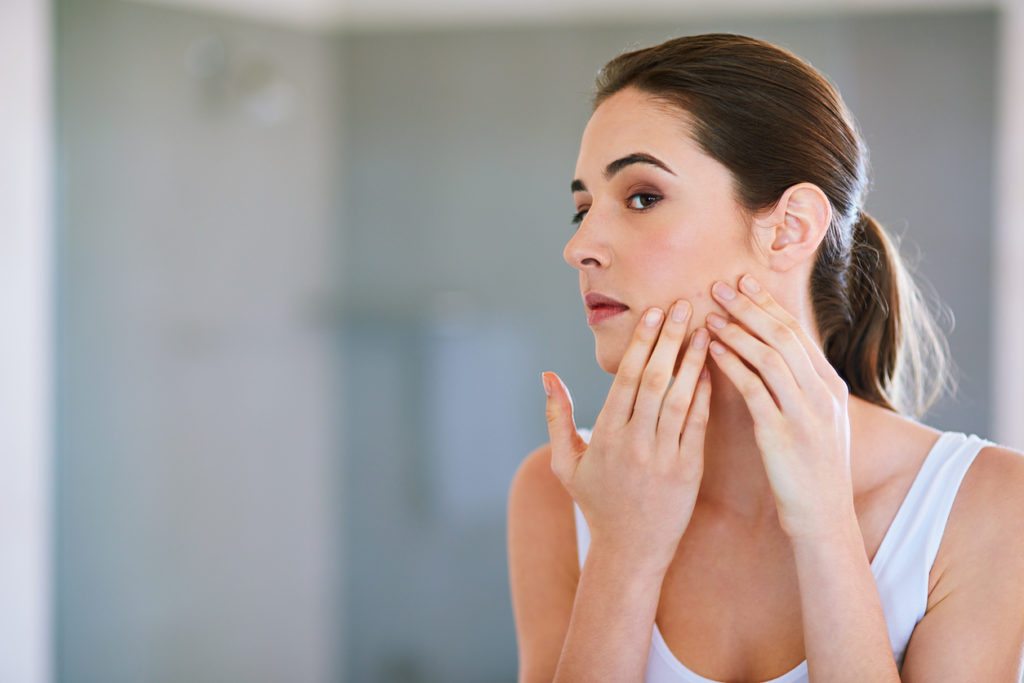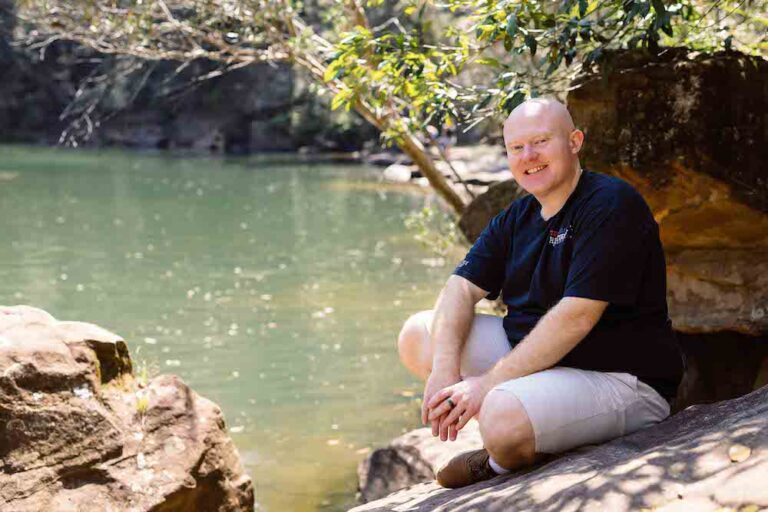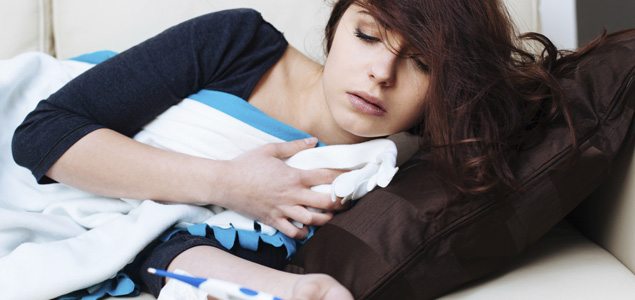What comments do you get from your clients dealing with adult acne?
Many patients with adult acne present with feelings of frustration. For a significant number, they went through their teenage years acne-free or with minimal acne, but more recently describe their acne flaring in a highly visible way, often around the time of periods or stress resulting in tender painful lumps and nodules. In others, it is frustration of when will they finally grow out of their ongoing acne. They can have made healthy dietary interventions combined with regular exercise thinking, like many, that their acne represents poor eating or something they are doing. For some, diet is important, however for many, despite health interventions, their acne persists and still needs effective medical treatment. It can erode their confidence both at work and personally.
What are the most common causes of adult acne?
The exact cause of acne is unknown, but we believe there are several related factors:
- Increased hormones in puberty cause sebaceous glands to enlarge and make more sebum. The mix of oil also changes and can include more inflammatory irritant components
- Hormonal changes related to pregnancy or starting or stopping contraceptive pills or in the months after a hormonal implant. Some may have polycystic ovaries
- Family history of acne is thought to correlate with the tendency to develop acne
- Certain medicines are known to cause acne. In a proportion, high milk or milk protein intake can contribute. Diet does appear to play a role in some such as a high intake of high glycemic carbohydrate and insulin resistance
- Greasy cosmetics may alter the cells of the follicles and make them stick together, producing a plug .
Why is adult acne so prevalent?
Much still needs to be learnt about adult female acne. Westernisation is blamed for its increasing prevalence in countries where it was not common previously. This includes dietary factors such as increase in high glycemic carbohydrates and saturated or trans fats. In some it is the persistence of teenage acne, while in others it is new onset adult acne. We are learning about the sebaceous gland and pilosebaceous unit being the skin’s main hormonal organ and that glands in those with acne are more highly innervated, suggesting issues such as stress may be a factor. With prevalence rates among teenagers as high as 90%, it is not uncommon for acne to be regarded as an adolescent condition. However, research reveals it women, with 13.6% of Australian adult females having acne and 5% of women still having blemishes at age 40. Additionally, studies have shown that adult acne does not significantly decrease until after the age of 45.
What should you avoid when dealing with adult acne?
For adult acne patients, their skin is more sensitive and drier compared to the teenager who usually has oilier or seborrheic skin. Medicated washes can be harsh and irritating for adults and many of the treatment products designed for teenagers can irritate the skin. If you have inflammatory adult acne and you drink more than 2 cups of milk a day, be them full cream, skim or light, cut back for a 3-month trial to see if this helps your acne. Check all your skin care products are suitable for acne-prone skin and are non-acnegenic.
What treatments and products you have found to be most effective for relieving and treating adult acne?
For acne on the face, stick to soap-free cleansers and cleanse twice a day and after exercise. For acne on the trunk, consider an azelaic acid cleanser (this will be gentler on the skin and won’t bleach clothes and towels unlike benzoyl peroxide).
If you are considering an oral contraceptive make sure your doctor prescribes one more likely to help acne. Using treatment products regularly on the entire acne-prone area is best to help settle flares more quickly and prevent future flares (don’t just spot treat). Over the counter treatment products that combine a BHA and AHA / LHA can be useful as long as you do not have particularly sensitive skin .Producs like Aczone are recommended for more sensitive skin. Topical prescription retinoid creams can be useful but need to be used sparingly and introduced slowly to avoid skin irritation.







